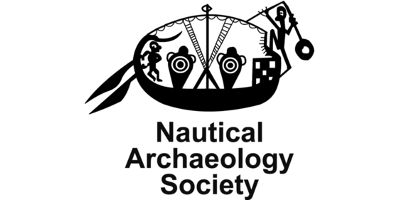Fast as a dolphin - The schooner MA James
21/08/2023 | Andy Sherman
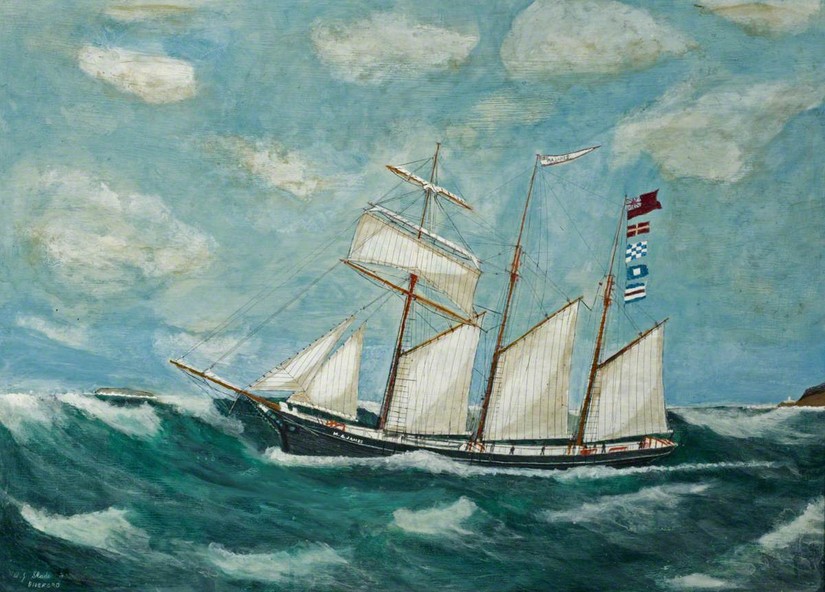
The schooner MA James is probably one of the most famous and well-studied hulks on the River Torridge, having featured in WJ Slade’s memoir ‘Out of Appledore’. The remains of this record-breaking sailing ship now sit forlornly in the river mud at Snuffy Corner, along with the skeletons of several other wooden ships and a handful of modern fibreglass vessels.
The MA James was built in Porthmadog in 1900 for the North Atlantic trade and was designed to sail between the United Kingdom, Canada, and Europe, carrying salt cod from processing plants in Newfoundland and Labrador to markets in Portugal and Spain. She was 89.6ft (27.3m) long, had a beam of 22.7ft (6.91m – the vessels maximum width), and had a depth of just 10.6ft (3.23m), with her shallow draft ideal for slipping into the small ports dotted along the Canadian coast. The Schooner was first owned by John Jones and registered in Carnarvon, before being sold to the Plymouth Co-operative Society in 1919.
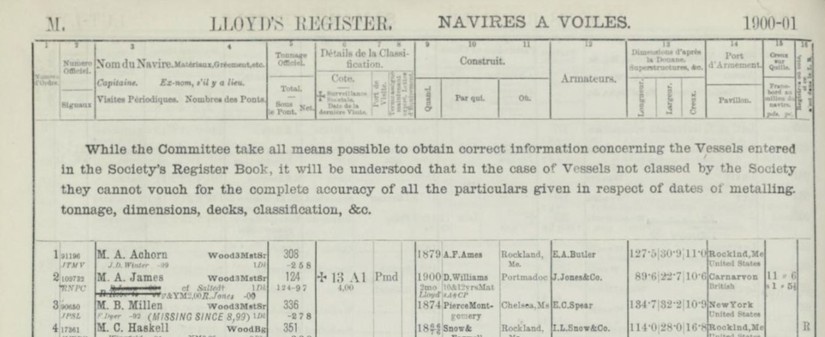
During her early days the schooner was a fine sailing vessel, sleek and fast, and for a short time held the record for the fastest crossing between Porthmadog and Hamburg. With the schooner making the crossing in just four and half days. In 1921 she was part of another record-breaking effort, when twelve Plymouth dockworkers, set a record for the fastest time discharging cargo in their port, unloading 16 tons of cargo an hour.
In 1924 the ship was purchased by the Slade family, one of the most prominent group of shipowners in Appledore, who specialised in purchasing second-hand wooden vessels and using them in the coastal trade around Britain. The schooner would spend the next fifteen years plying the trade routes between the west coast of England, Wales, and Ireland. To keep up with developments in the shipping trade, the Slade’s added an engine to the MA James in 1930.
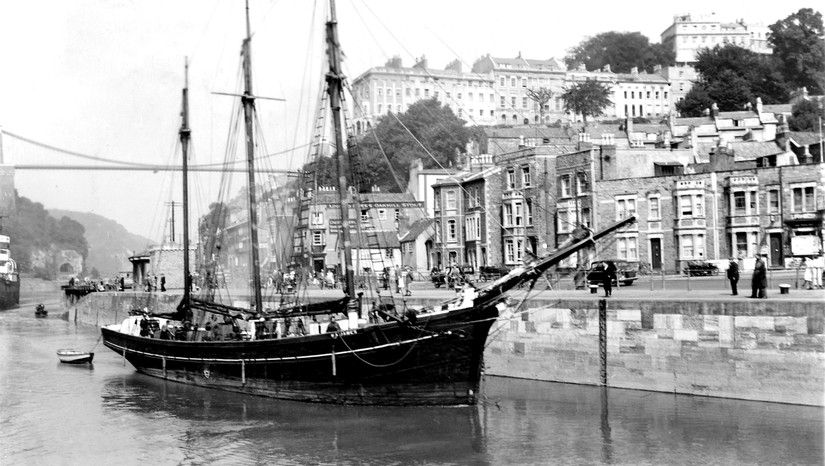
Her last captain in the cargo business, William Slade, related one of his more hair-rising moments on board during this time. “On one voyage in 1940 we loaded scrap iron at Dungarvan for Briton Ferry. …. Just before dark it became very thick and dirty and I, being anxious to make the Bishops before dark, left the wheel, and walked to the lee rail to look ahead. I was only about six to eight feet from the wheel, but what I saw under the bow made me jump that six feet, grab the wheel and heave it to port. Just in time a floating mine, presumably one of our own, broken adrift, passed under the lee quarter, only a few feet away. I think I must have been born under a lucky star” (Slade 1980, 98).
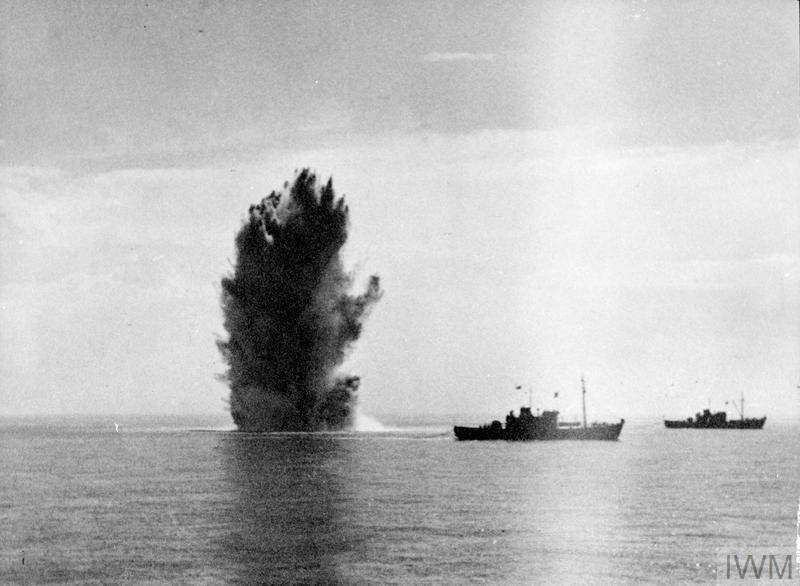
At the end of 1940 the government requisitioned MA James for war-work, her masts were removed, and she was assigned as a floating tether for a barrage balloon in the Fal Estuary in Cornwall, guarding the entrance to Falmouth from attack by the Luftwaffe.
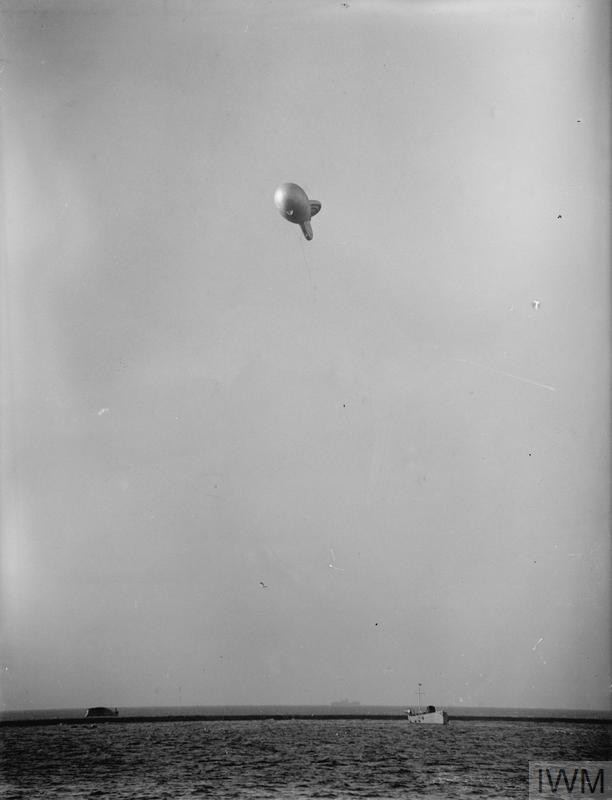
After a long argument with the War Department, the government agreed to pay the Slade’s £4,000 pounds in compensation for the schooners battered condition. However, the cost of repairs to bring her back into a seaworthy condition were estimated to be around £5,000. So, the Slade’s had little option but to sell the MA James for scrap, and she was bought for £750 along with her engine by Percy Harris, who stripped the schooner of everything valuable and laid her to rest on the banks of the river.
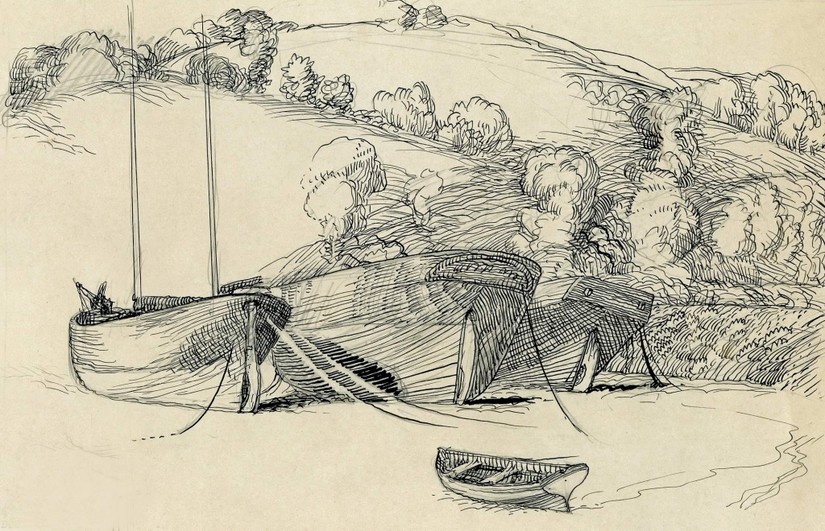
But this wasn’t the end of the MA James’ story as a useful ship, she was pulled clear of the mud one last time and set to sea as a mast-less, engine-less hulk. She was towed to Newquay Harbour, were the steamship Radstock was pinned against the quay wall underneath a collapsed luffing crane. The MA James was over-ballasted, sinking her low in the water and towed underneath the fallen crane. Once the ballast was removed and the tide came in, the hulk floated higher in the water than the Radstock, lifting the crane off the steamship. Her last duty done she was towed back to Appledore, where she remains today (Hughes and James 1975, 138).
Today the MA James remains the most intact of the four timber ships hulked on the beach at Snuffy Corner, with the keel surviving to almost it’s full 28m length. Across the last 80 years the visibilty of each of the hulks has changed, with most of them being shown as covered in sand on aerial photographs taken in the 1960's. However, the remains of the MA James have always stood proud with her frames visible on all of the aerial photographs taken since she was abandoned (Knight and Hegarty 2013).
In 2016 students from Bournemouth University cleared the marine growth off the remains of the MA James, so that a 3D model could be made of what survives of the schooner. You can see the full results of the survey here. The following year CITiZAN volunteer Toughdo visited the site and took some more detailed photographs of the hulks.

Captain Slade lamented the MA James final demise in his memoir, some 20 years after the schooner was sold for scrap by his family. “The end of one of the finest and best built schooners that had sailed the Atlantic and Mediterranean for many years. It was a shame to see her go like this, but all good things come to an end, and she was a really good thing ruined by the incompetence and folly of irresponsible men” (Slade 1980, 104).
Hughes E and Eames A, 1975, Porthmadog ships, Gwynedd Archive Services
Knight S and Hegarty C, 2013, North Devon Area of Outstanding Natural Beauty NMP Project: A natonal mapping programme report
Slade WJ, 1980, Out of Appledore, (fourth edition), Conway Maritime Press





